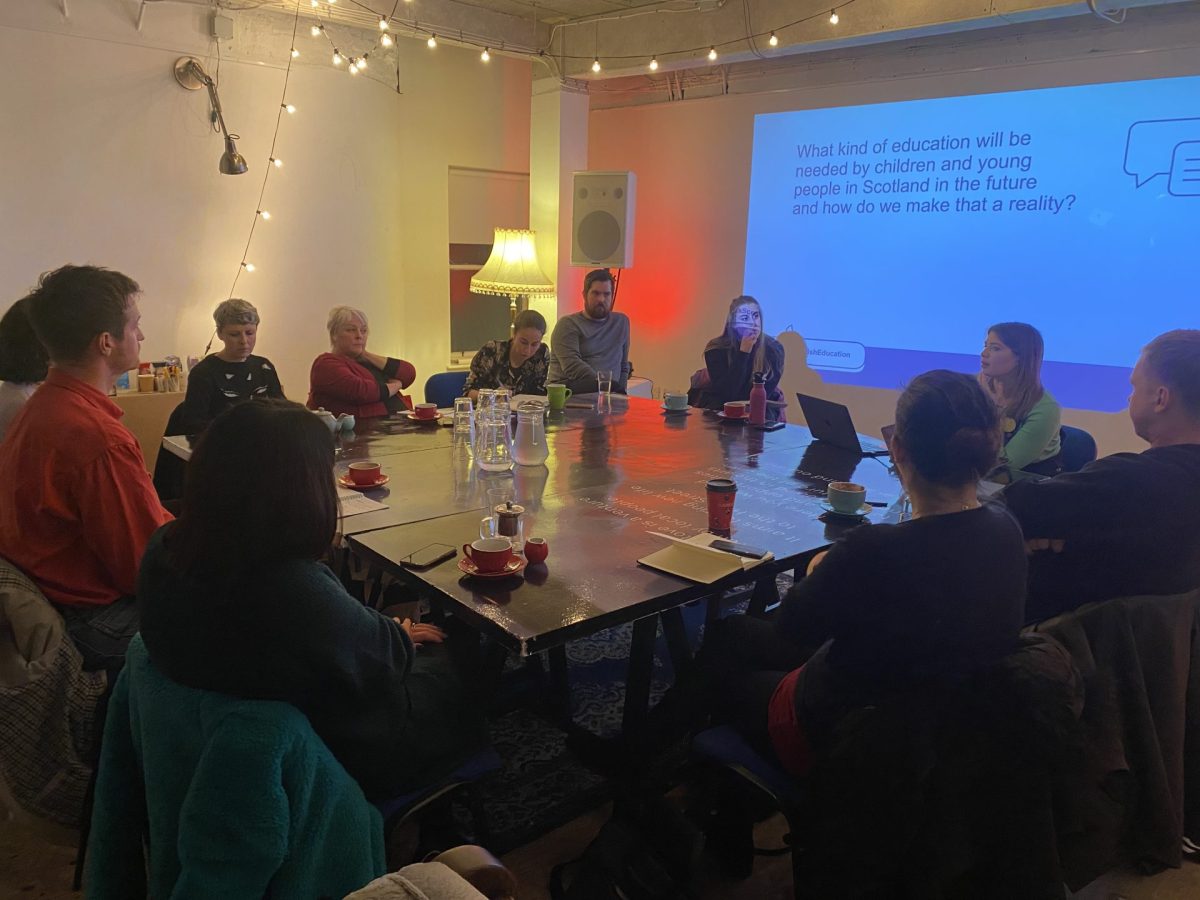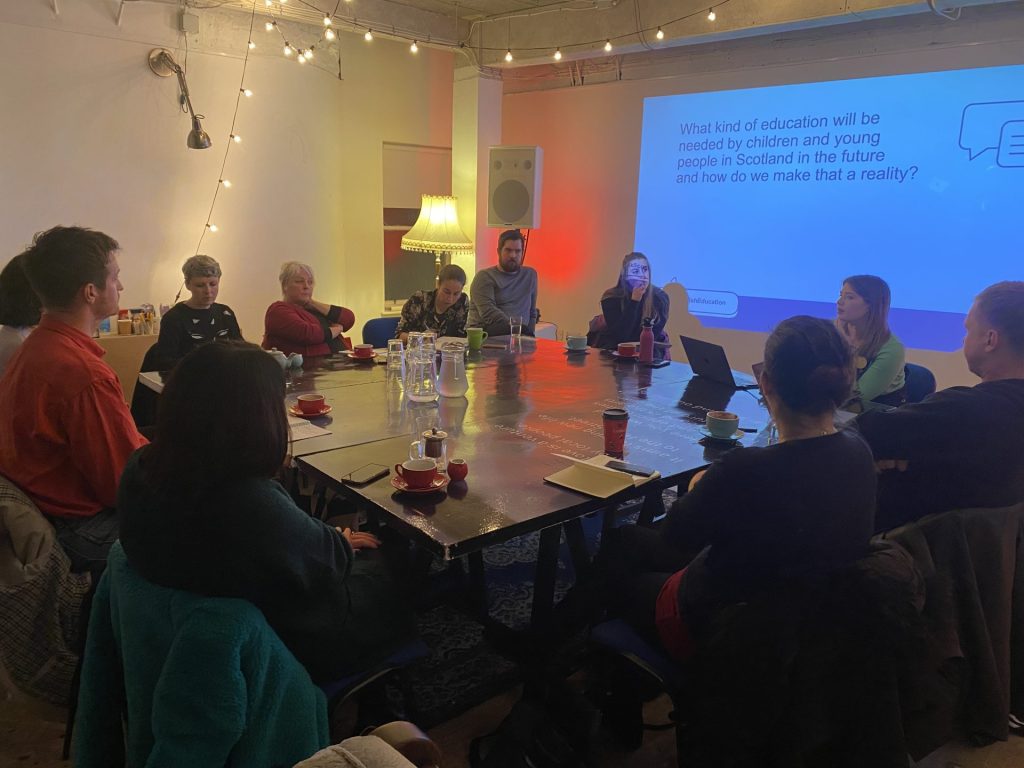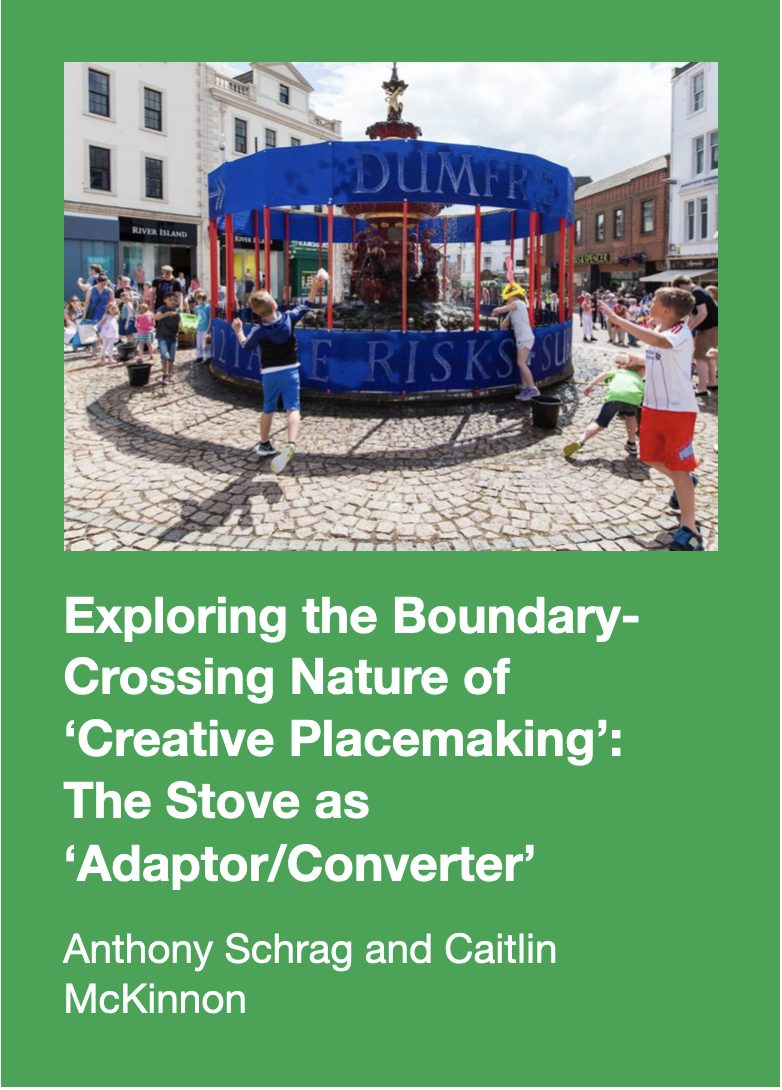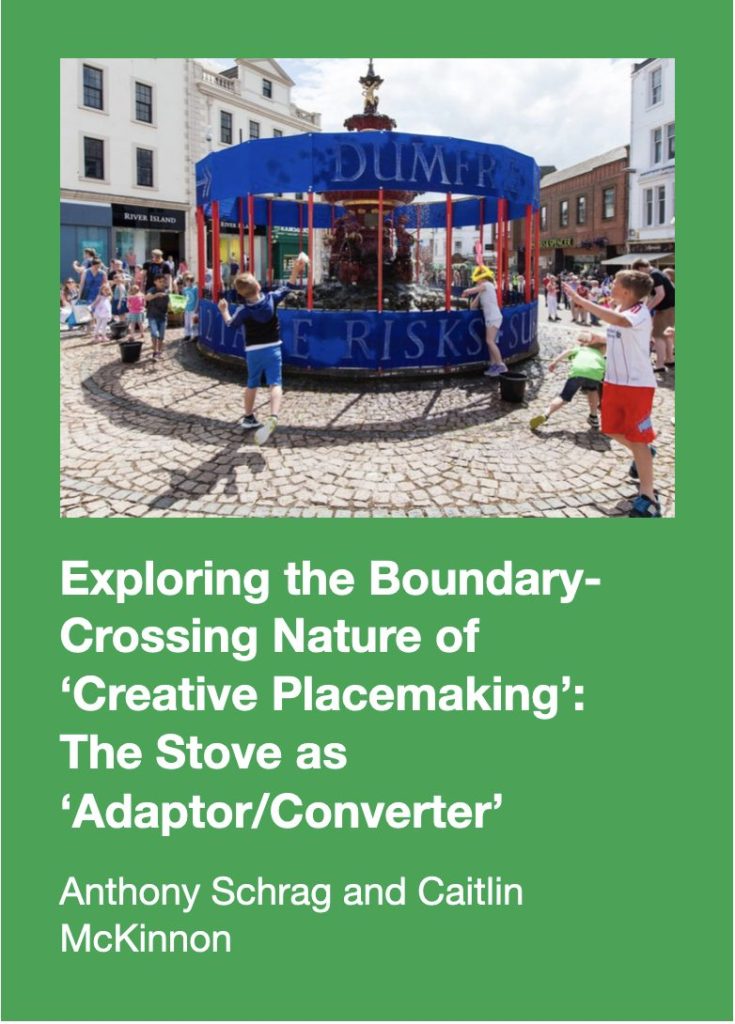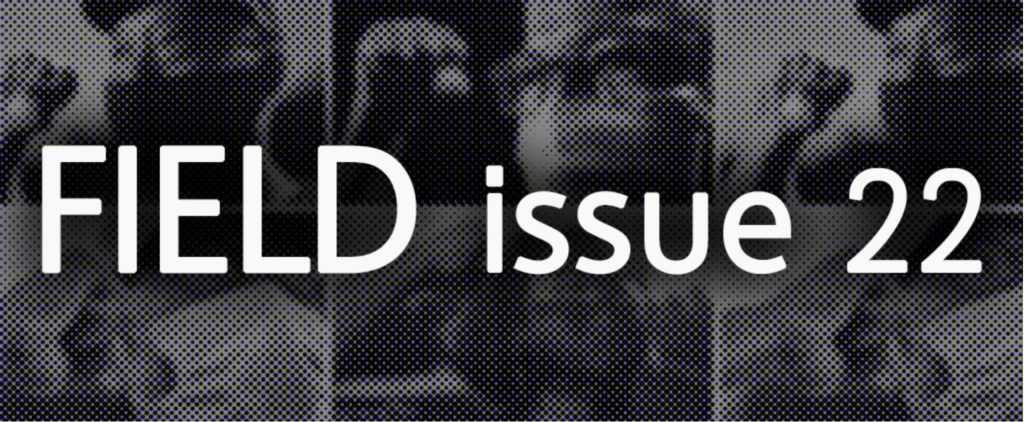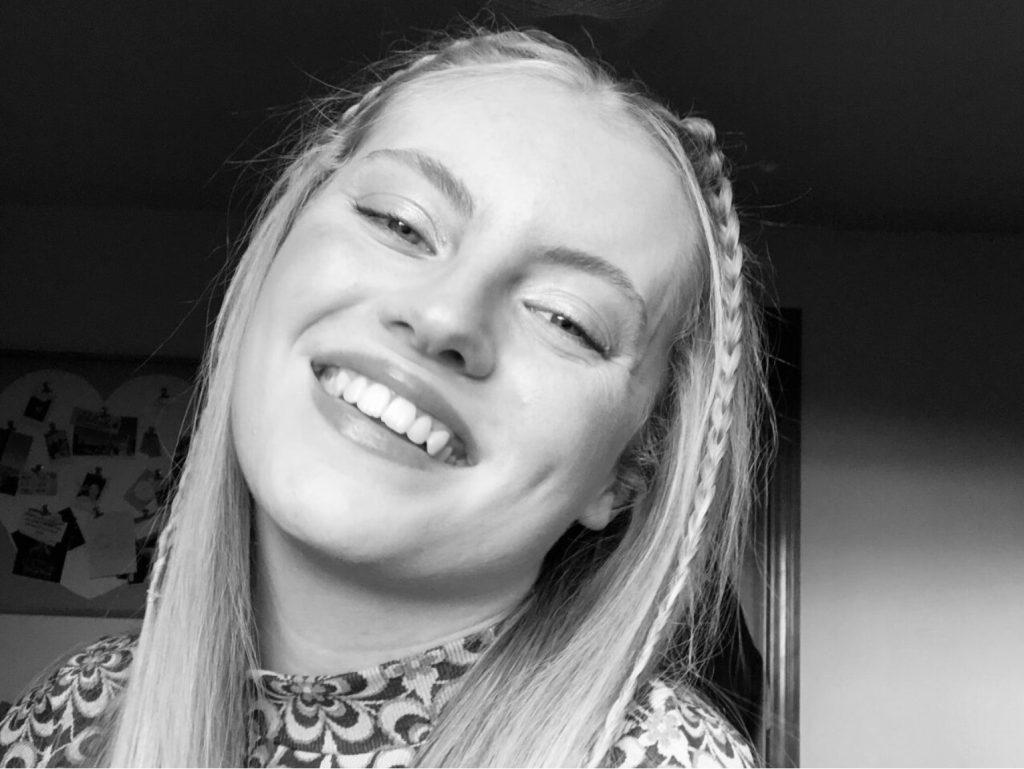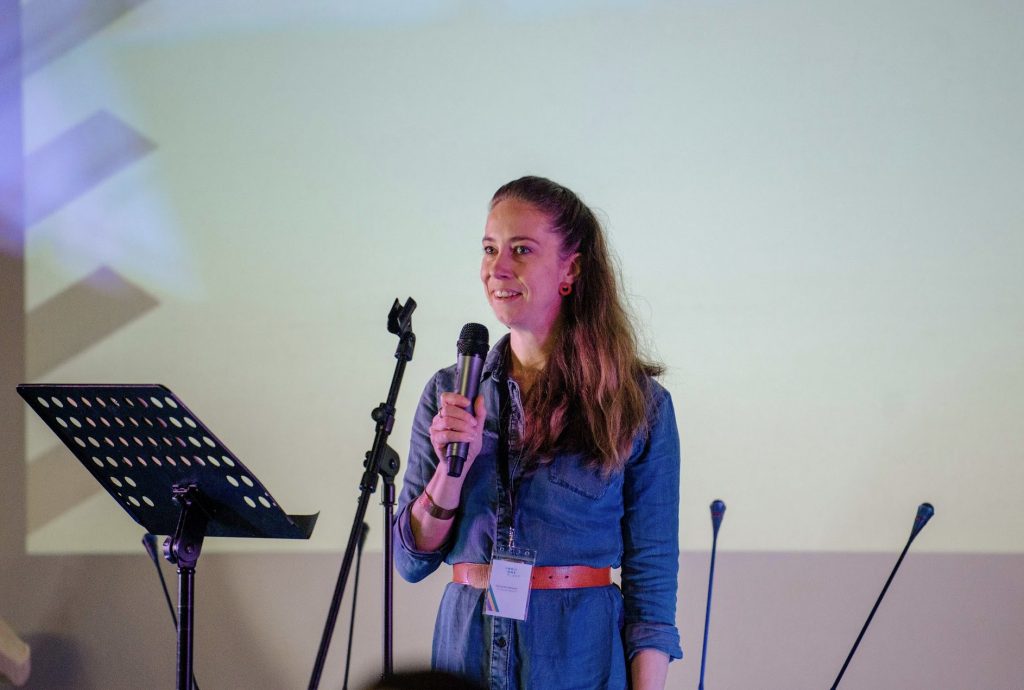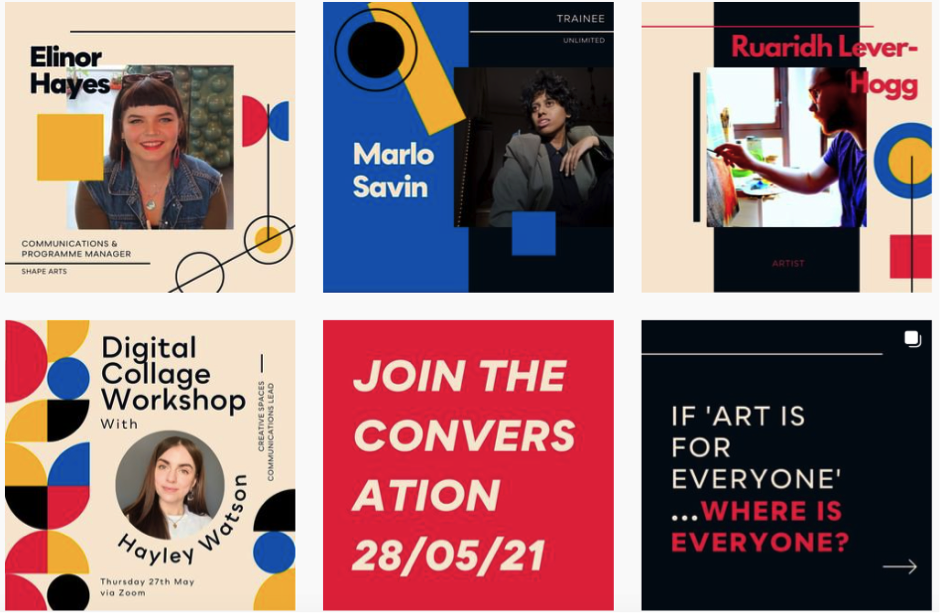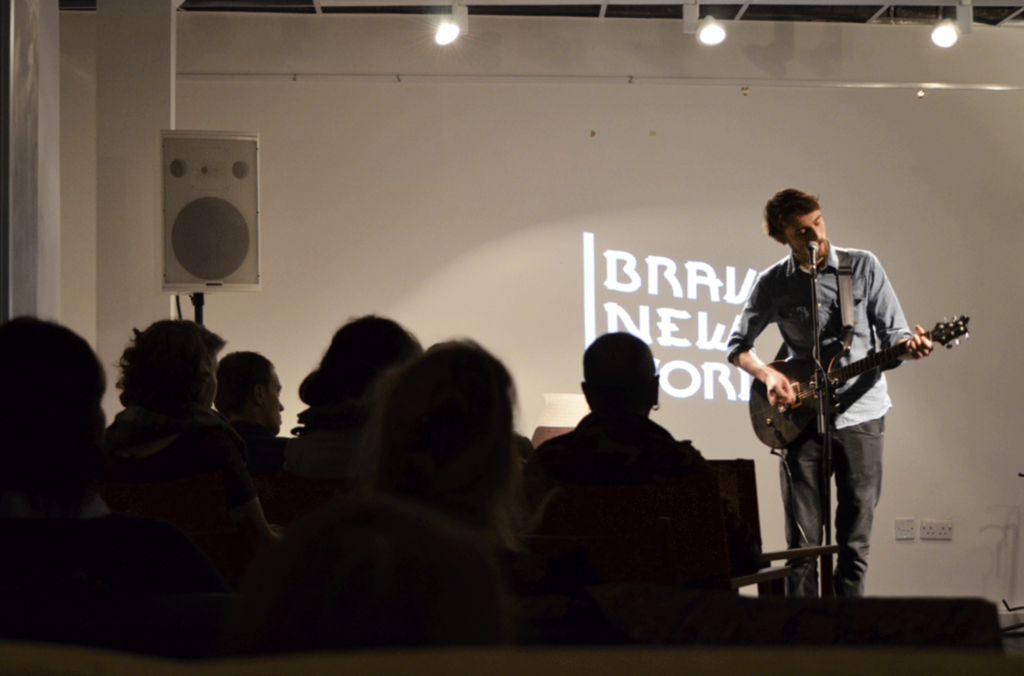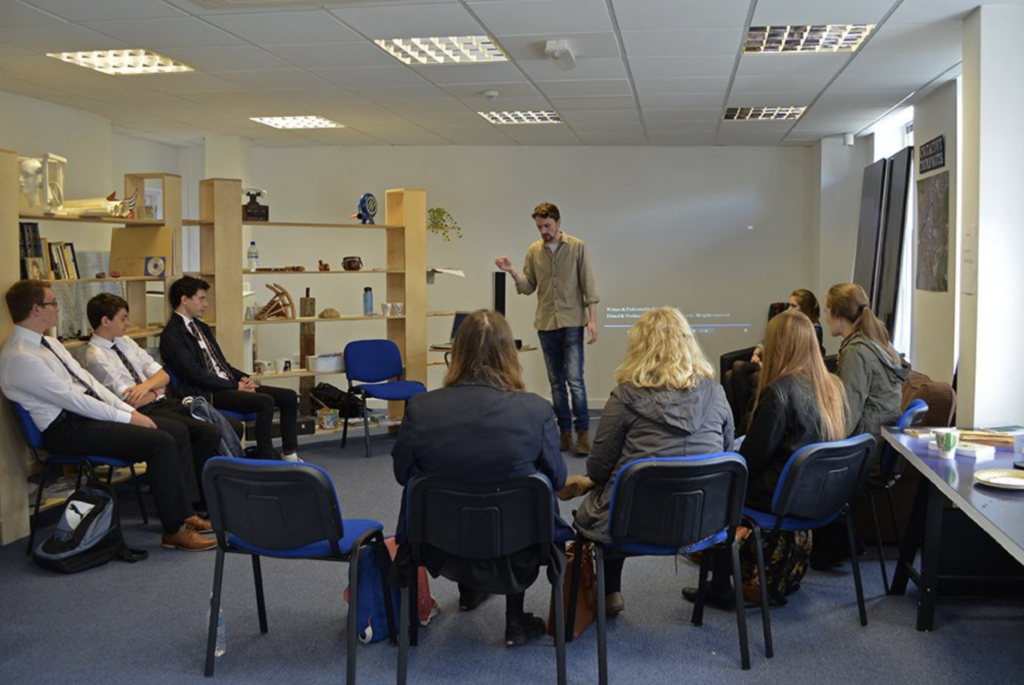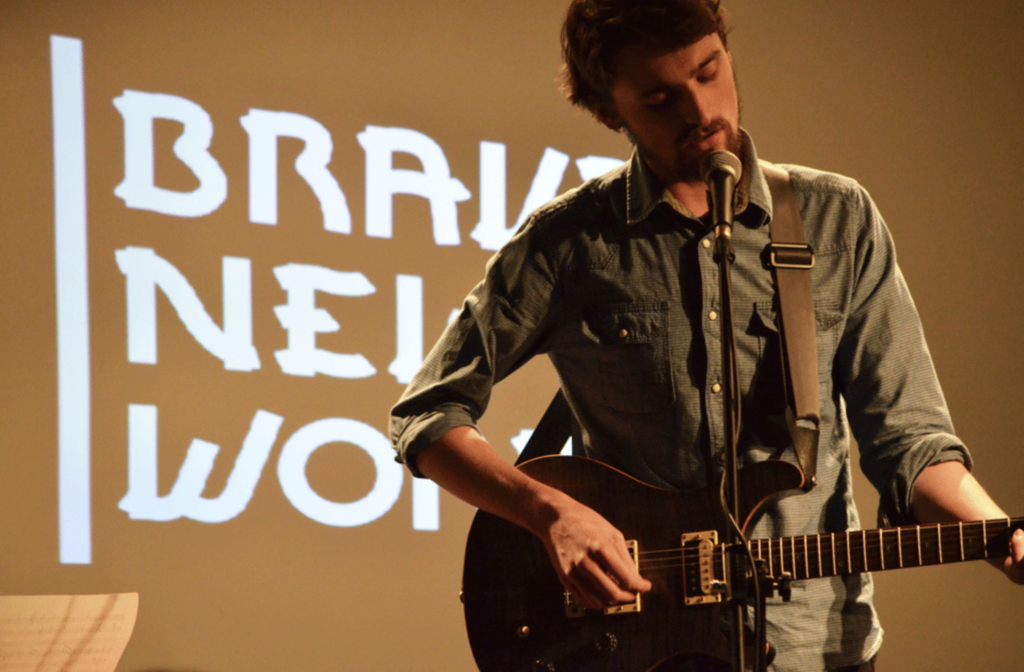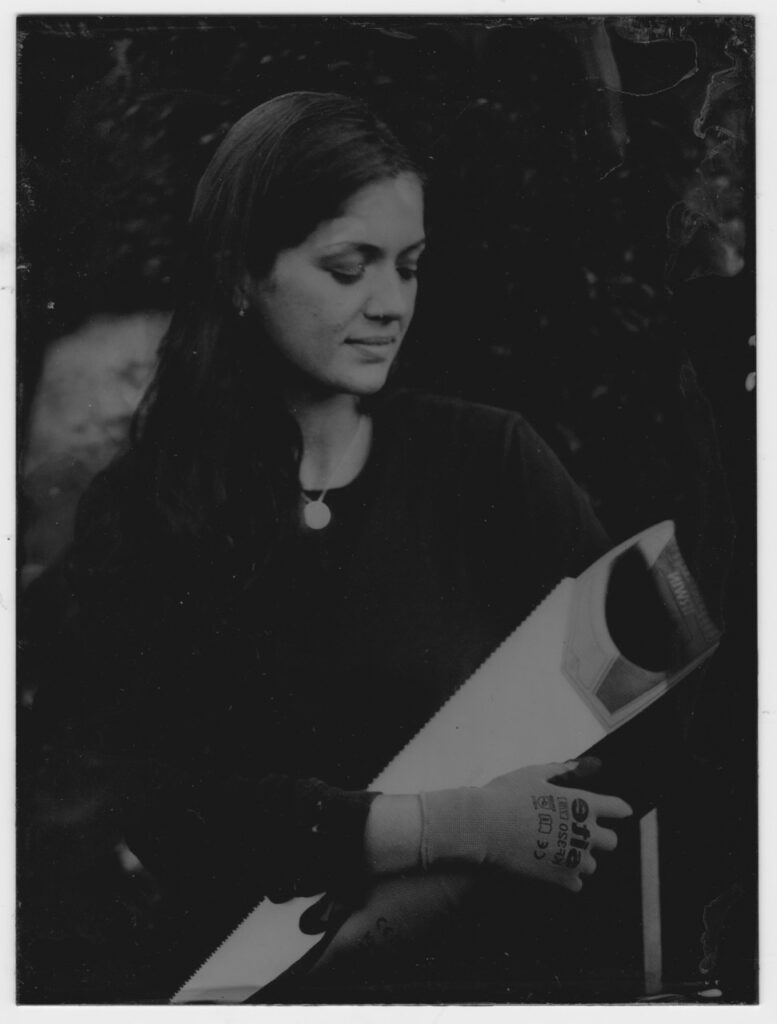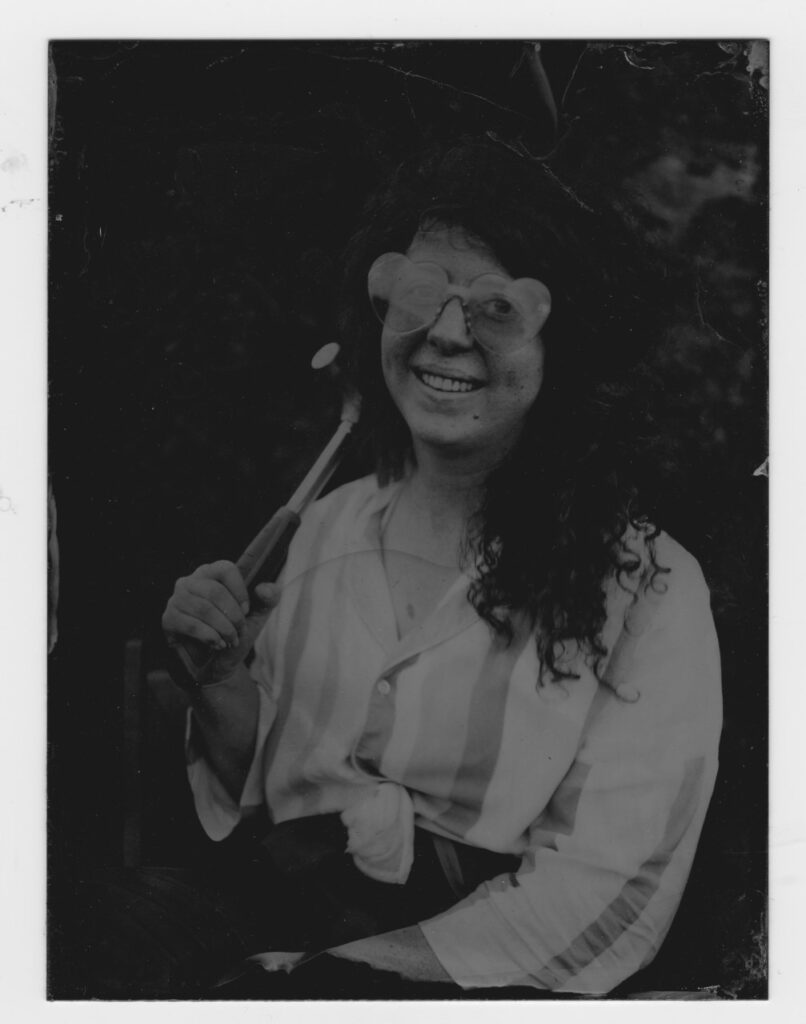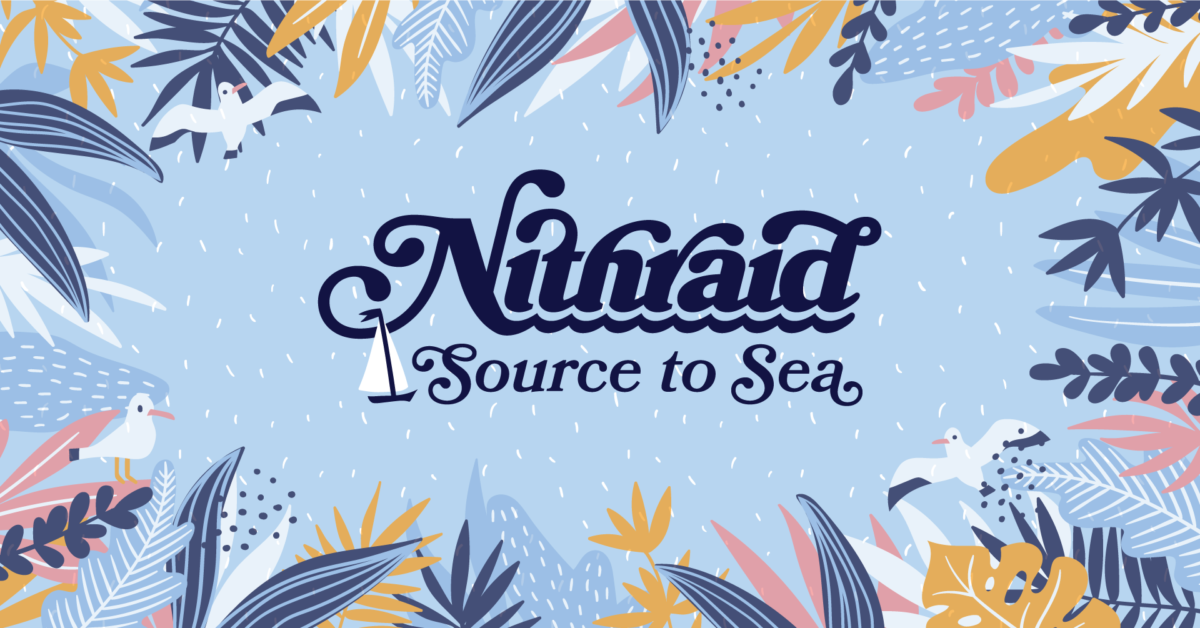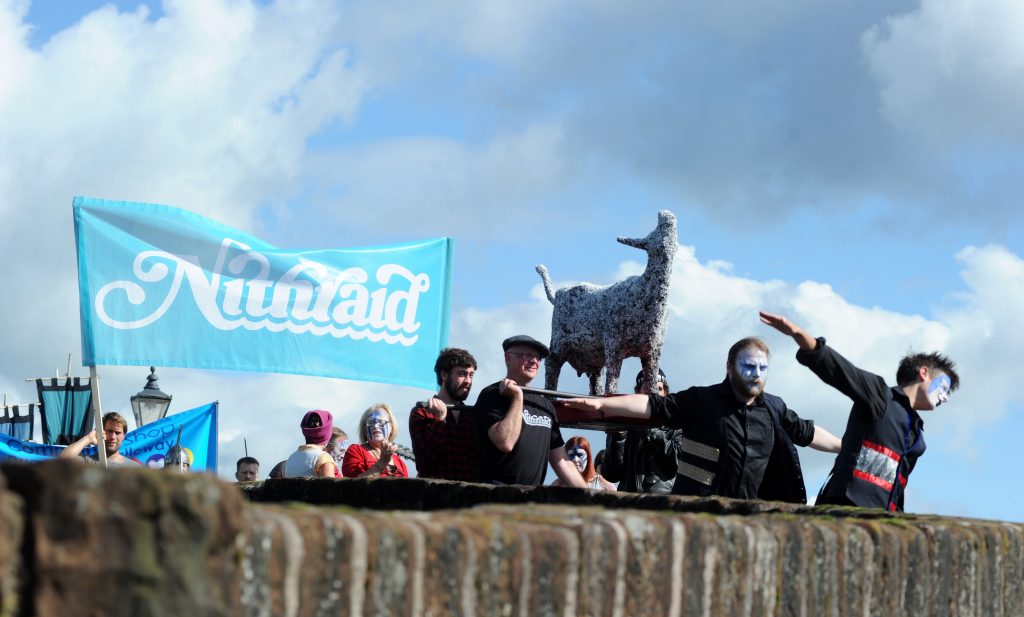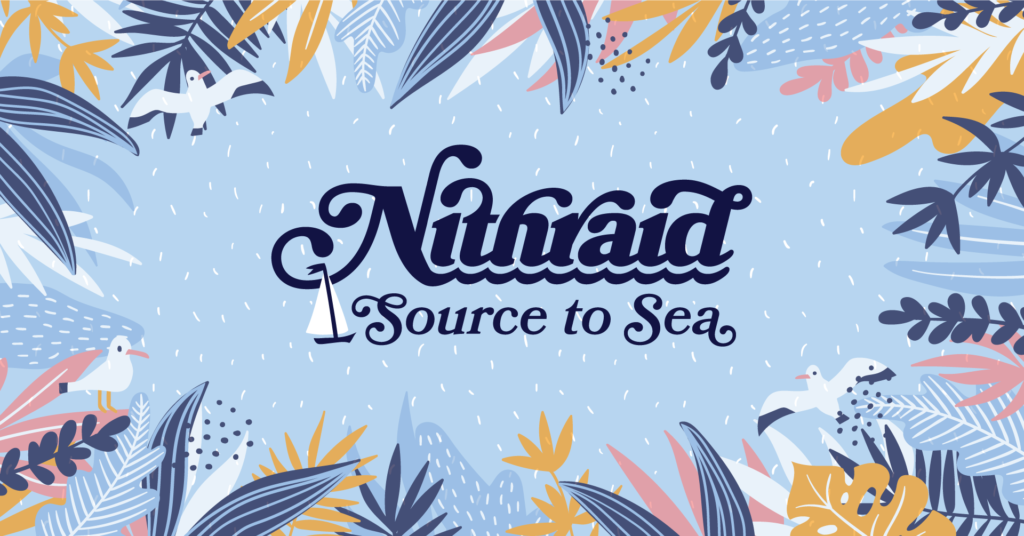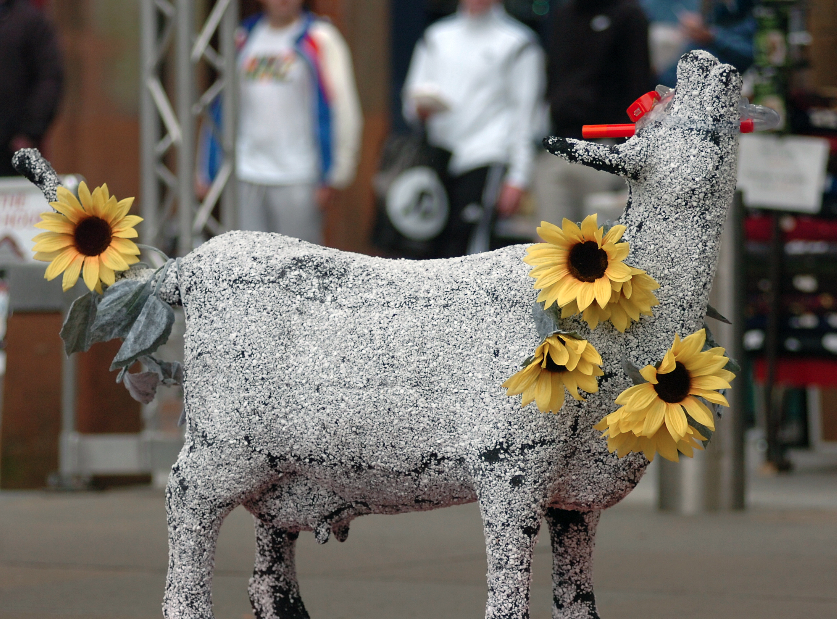By Morgan Love
The Curriculum for Excellence (CfE) was implemented into the Scottish education sector in 2010, and to mark twenty-years since Scotland last held a national debate on the future of education, the Scottish Government invited groups of people to host conversations focused on the ways in which CfE has been successful, and to investigate what potential improvements can be made for the future.
The championing of education has been a pillar of my life from an early age. Having grown up with a grandparent who was unable to partake in primary education, due to a physical disability, it was sustained throughout my childhood that education is not only a tool that can be used to build a balanced and well-rounded life, but also a gift that should not be taken for granted.
It is for this reason that when the Let’s Talk Education* initiative was brought to my attention, I wanted to use it as an opportunity to gather together organisations working within the creative sector in Dumfries & Galloway, and begin to look at how how we can utilise our networks, skillsets and experience to make a difference in our region and pave the way for a new vision for Education.
Armed with official questions from the Scottish Government and a few topics of interest, I facilitated a discussion with a group made up of eleven practitioners from eight separate local organisations (alongside two educators), and embarked on a conversational journey that provided so much more than expected.
Initially, I set out to explore three topics that could be fed back to the Government, these were:
- The barriers to accessing creative industries
- The link between mental health and art
- How we can aim to implement STEAM (science, technologies, engineering, arts, and maths) over STEM (science, technologies, engineering and maths).
While these three topics became the core of the conversation, the feedback from the participants and insight shared allowed the discussion to evolve, branching out and offering opportunities for further discussion on topics including; the limitation of time and resources for educators, exploring methods of teaching popular in Scandinavian countries, and how education and culture feed into one another.
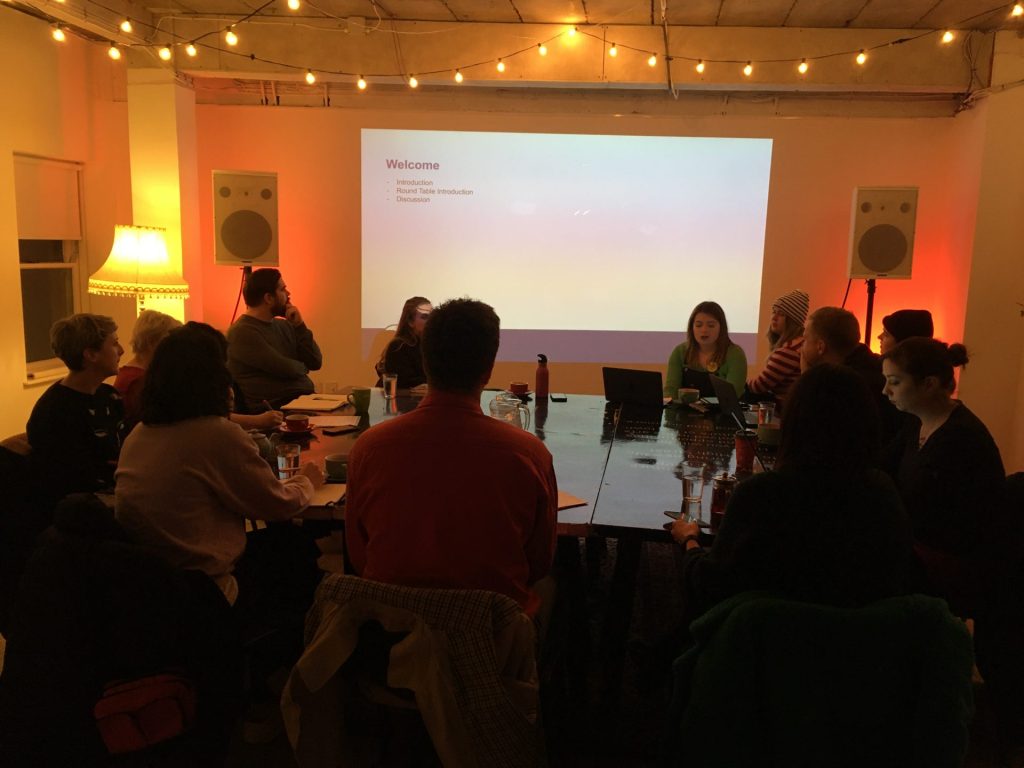
The overriding takeaway I had from the discussion was that our town, and wider region, is filled with organisations and individuals who care passionately about the young people who live here and about supporting new ways of engaging with them and developing opportunities for them to express themselves through creativity.
My hope is that this conversation is just the beginning, highlighting what could be possible if likeminded people come together and talk about important issues such as accessibility and inclusion.
For me, by facilitating this event, it has become clear that continued involvement with established education providers is an important way for us to engage with young people, to showcase the possibilites and to role-model what is achievable when passion and devotion are at the heart of what you do.
Morgan is one of three Associates currently engaged in a 10-month commission through Creative Spaces at The Stove Network. Creative Spaces is a project for the under-30’s that supports the development of those seeking a career in / currently working in the creative industries or community engagement and encourages artistic responses to cultural issues that impact young people in Dumfries & Galloway. Find our more about Creative Spaces here.

